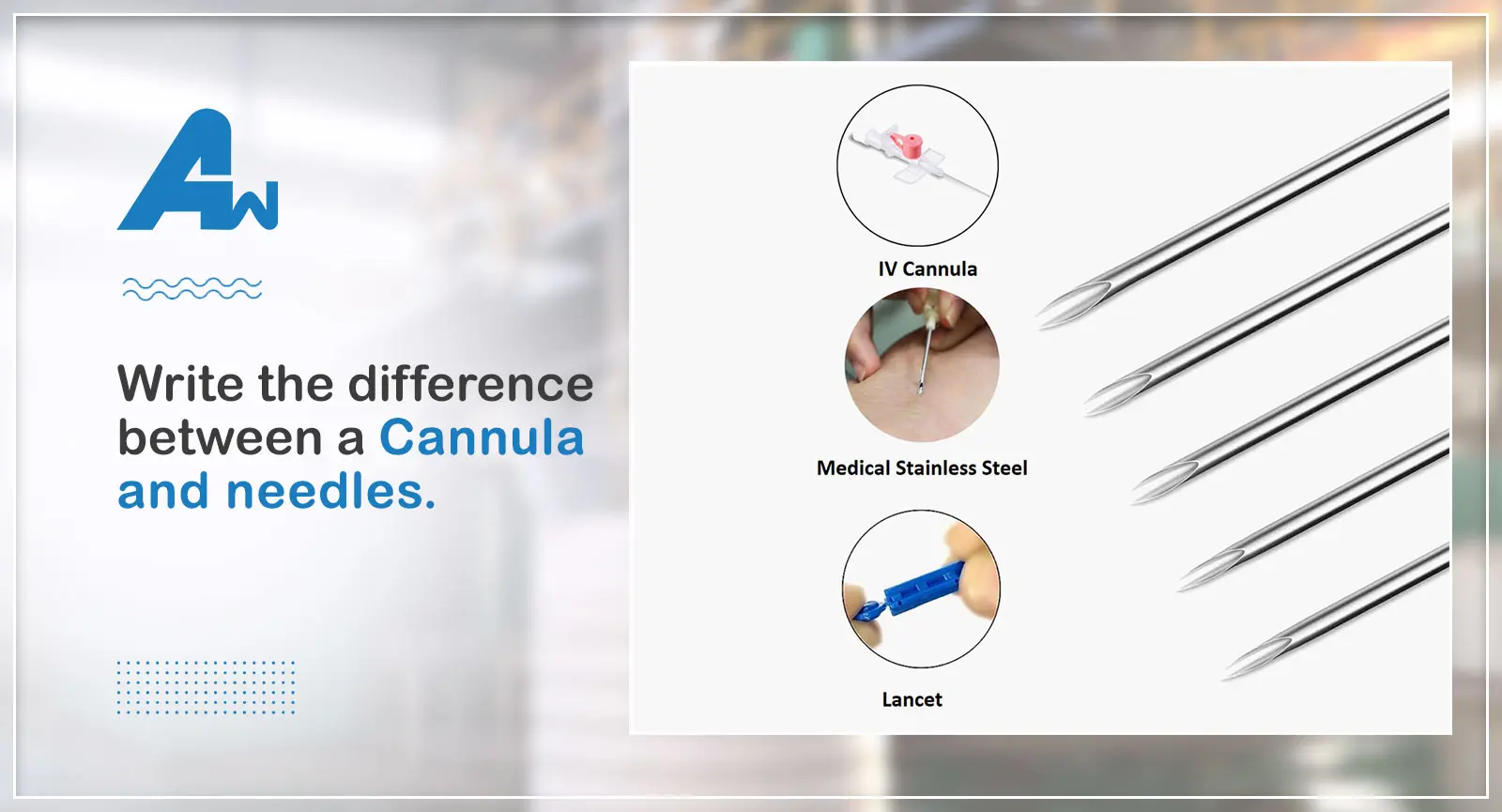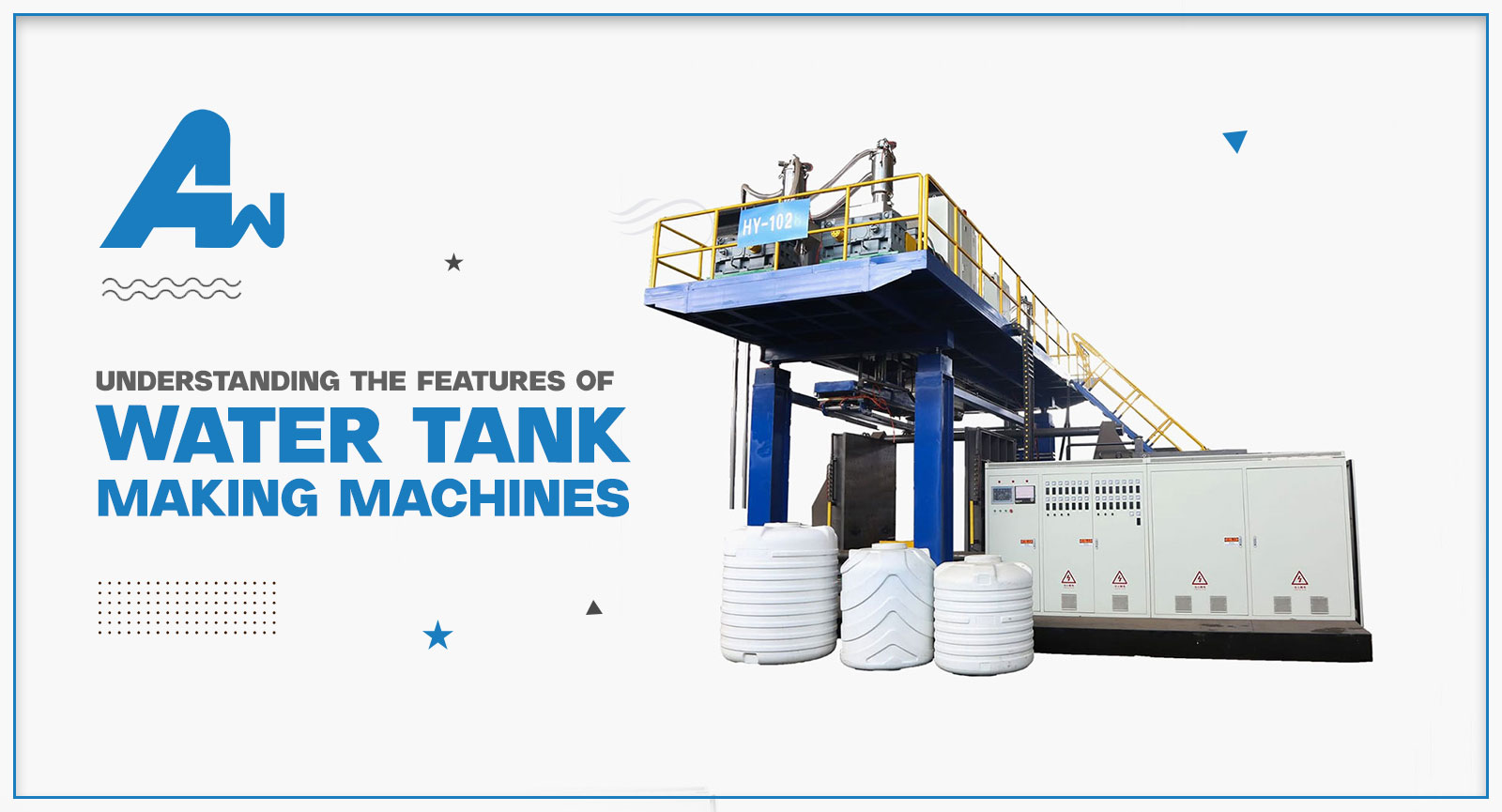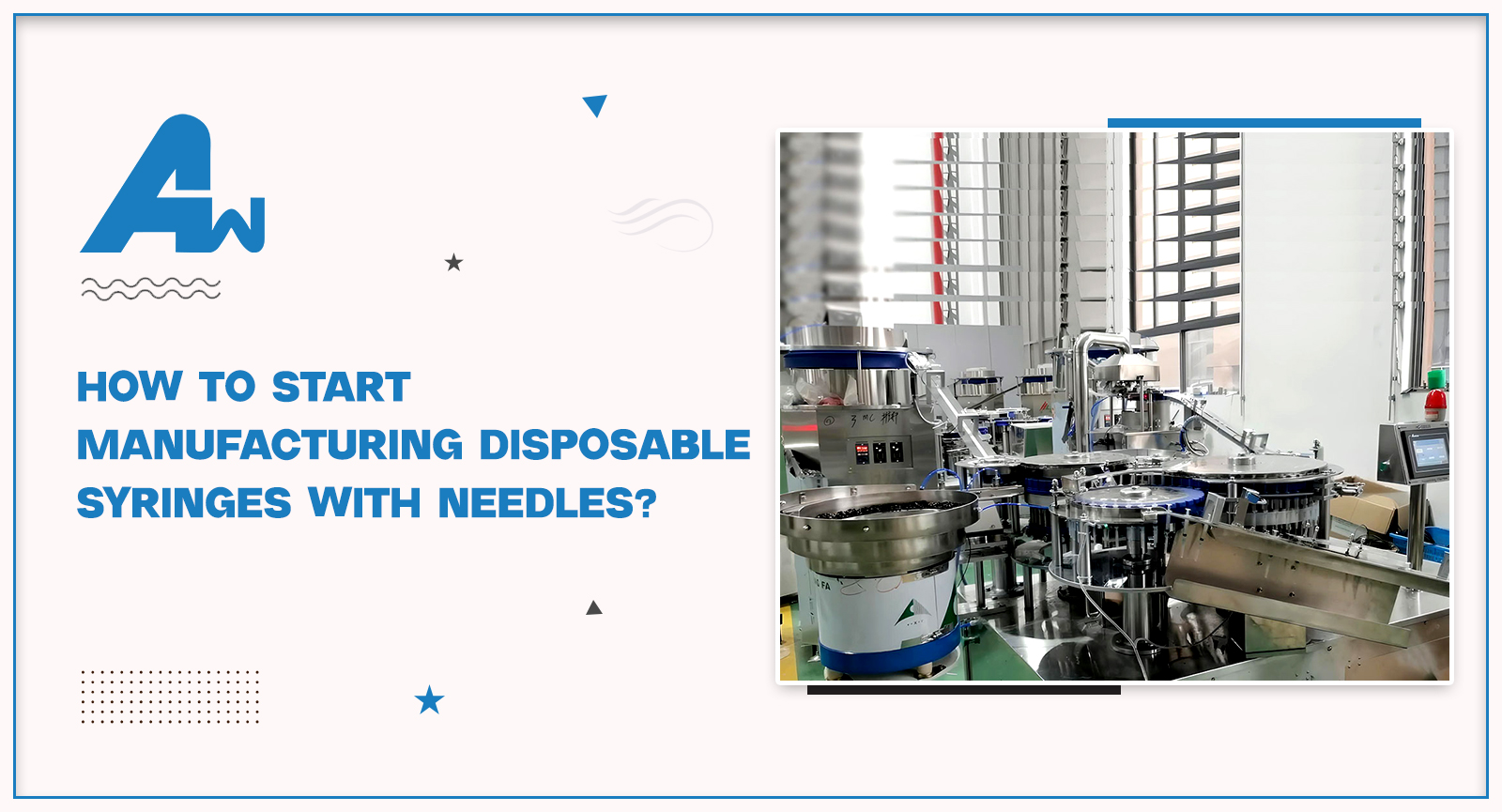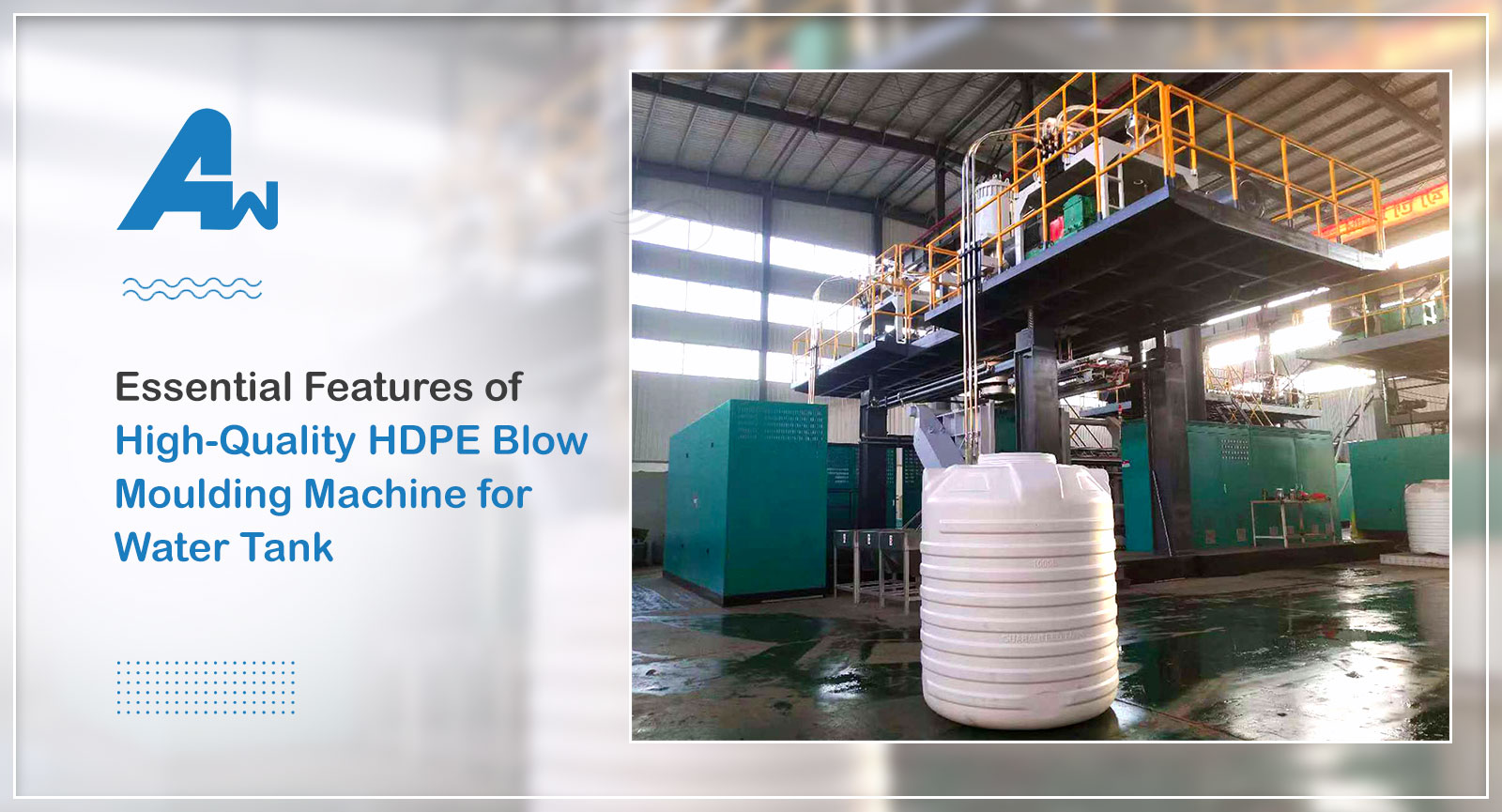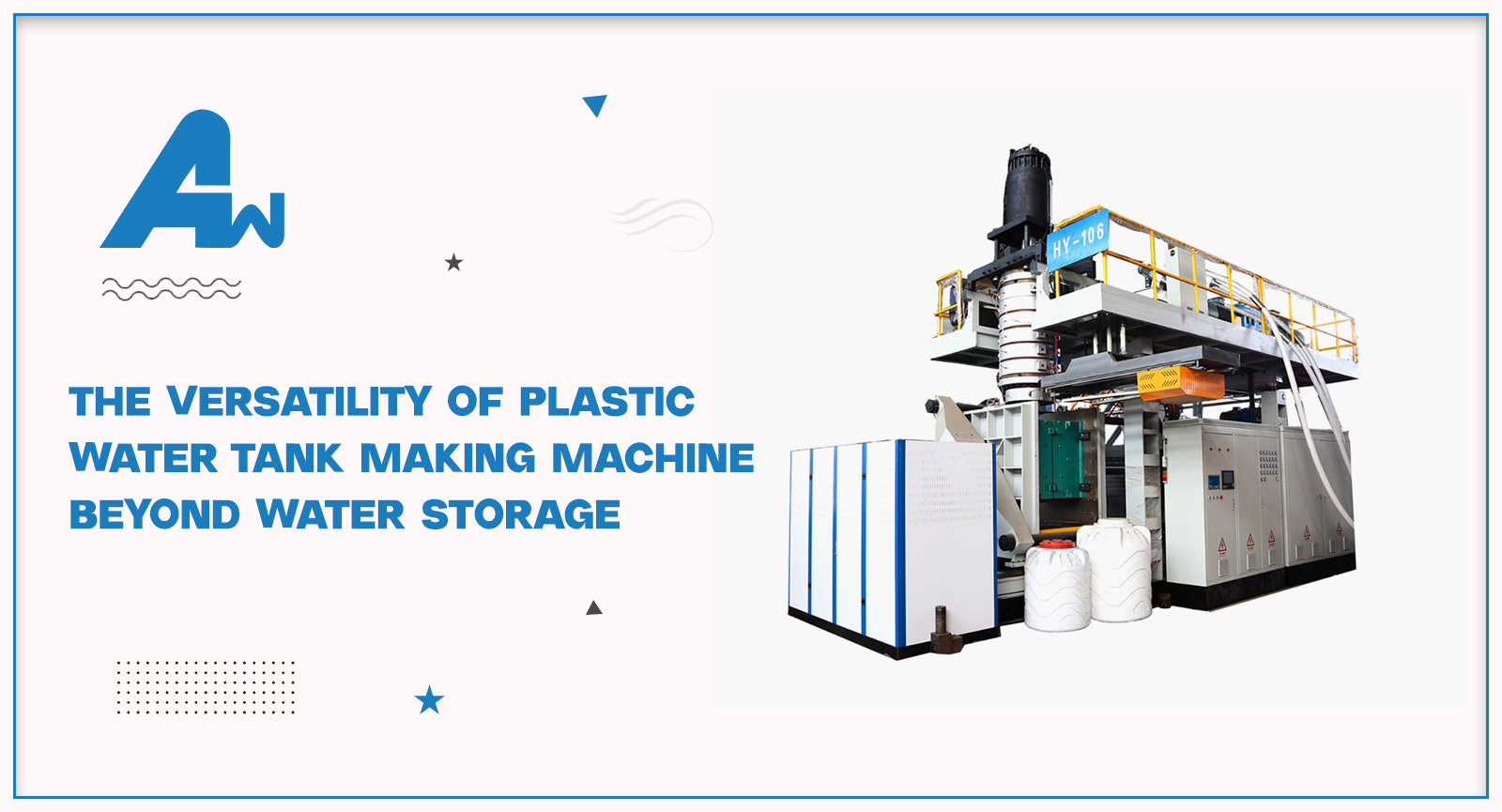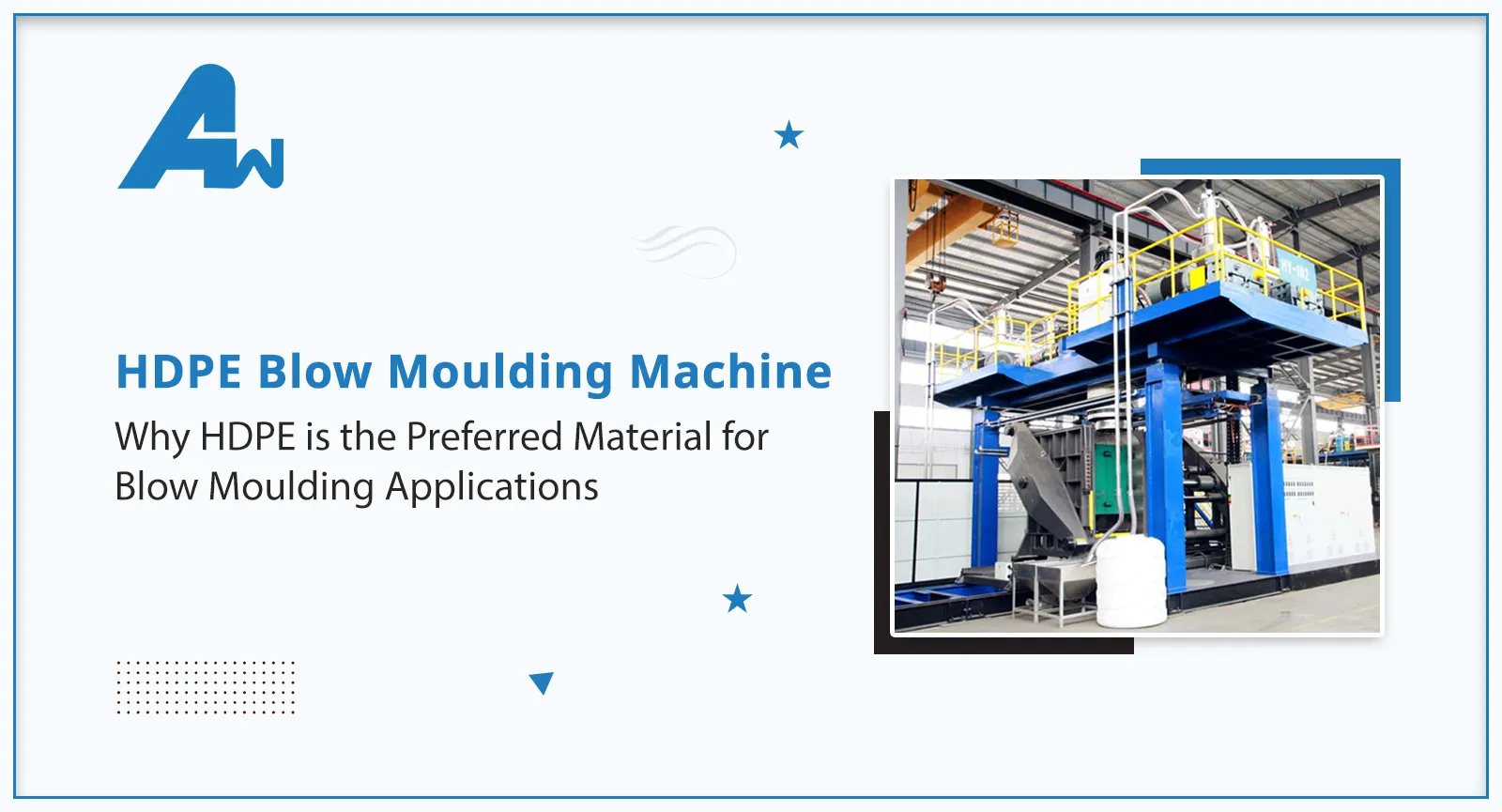
Blow moulding is a highly versatile manufacturing process used to create hollow plastic parts and containers, and one of the most commonly used materials in this process is High-Density Polyethylene (HDPE). HDPE Blow Moulding Machine are instrumental in the production of a wide range of products, from household containers and automotive parts to industrial packaging. The popularity of HDPE in blow moulding applications can be attributed to several compelling properties that make it an ideal material choice.
The Unique properties of HDPE (High-Density Polyethylene)
Superior Strength-to-Weight Ratio
One of the standout features of HDPE is its exceptional strength-to-weight ratio. HDPE is a lightweight material with significant tensile strength and durability. This makes it an excellent choice for producing robust and resilient products without adding unnecessary weight. HDPE’s ability to provide strength while remaining lightweight is a major advantage, for industries that require durable containers, such as the food and beverage or chemical sectors.
Chemical Resistance
HDPE is renowned for its high resistance to a variety of chemicals, including acids, alcohols, and bases. This chemical resistance makes it suitable for packaging and storing a wide range of substances, ensuring that the contents remain uncontaminated and the container itself does not degrade or react adversely. In industrial and medical applications, where the integrity of the container is paramount, HDPE’s chemical resistance is a critical factor.
Low Moisture Absorption
Another significant advantage of HDPE is its low moisture absorption rate. This property ensures that HDPE containers and products remain unaffected by moisture, maintaining their structural integrity and performance over time. This is particularly important in applications where the product is exposed to varying environmental conditions or where maintaining the dryness of the contents is crucial, such as in food packaging.
Ease of Processing
HDPE’s properties make it highly amenable to the blow moulding process. It melts at a relatively low temperature, flows easily, and solidifies quickly upon cooling. These characteristics allow for efficient and high-speed production cycles, reducing manufacturing costs and increasing throughput. HDPE’s ability to maintain consistent quality during processing also reduces waste and enhances the overall efficiency of production.
Recyclability and Environmental Impact
In an era where environmental sustainability is increasingly prioritized, HDPE stands out due to its recyclability. HDPE products can be easily recycled and repurposed, reducing manufacturing processes’ environmental footprint. Using recycled HDPE in blow moulding applications supports environmental goals and helps manufacturers meet regulatory requirements and consumer expectations for sustainable practices.
Versatility in Applications
HDPE’s versatility is evident in the wide range of applications for which it is used. From milk jugs and detergent bottles to automotive fuel tanks and industrial drums, HDPE can be blow moulded into various shapes and sizes. Its adaptability to different designs and functions makes it a preferred choice for manufacturers looking to cater to diverse market needs.
Cost-Effectiveness
Finally, HDPE is cost-effective compared to many other plastics. Its lower raw material cost, coupled with efficient processing capabilities, makes it an economical choice for large-scale production. Manufacturers can achieve high-quality, durable products without incurring exorbitant expenses, which is crucial for maintaining competitive pricing in the market.
Wrapping Up
The preference for HDPE in blow moulding applications is driven by its superior strength-to-weight ratio, chemical resistance, low moisture absorption, ease of processing, recyclability, versatility, and cost-effectiveness. HDPE Blow Molding Machine leverage these properties to produce a vast array of high-quality products that meet the stringent requirements of various industries.


